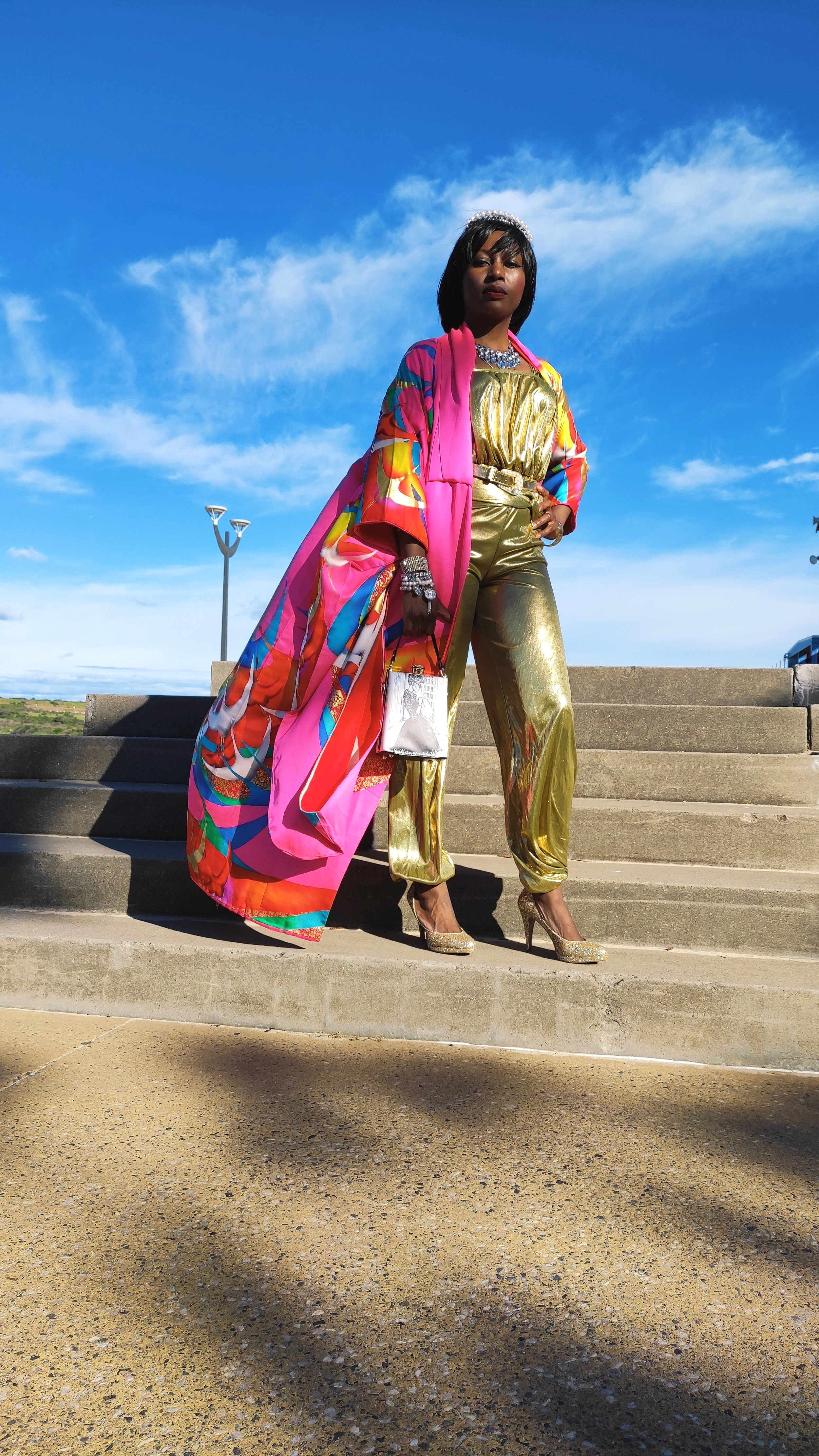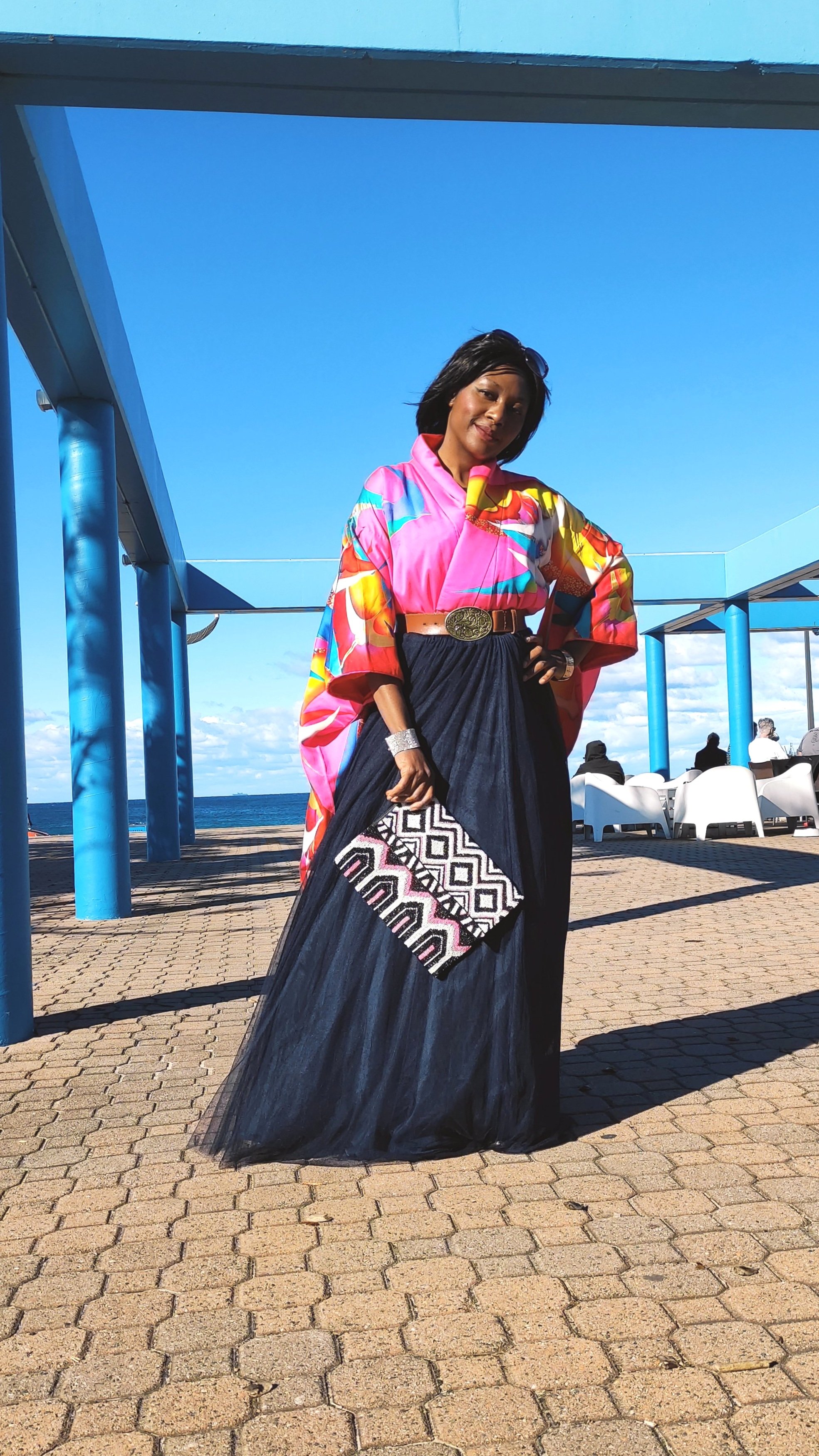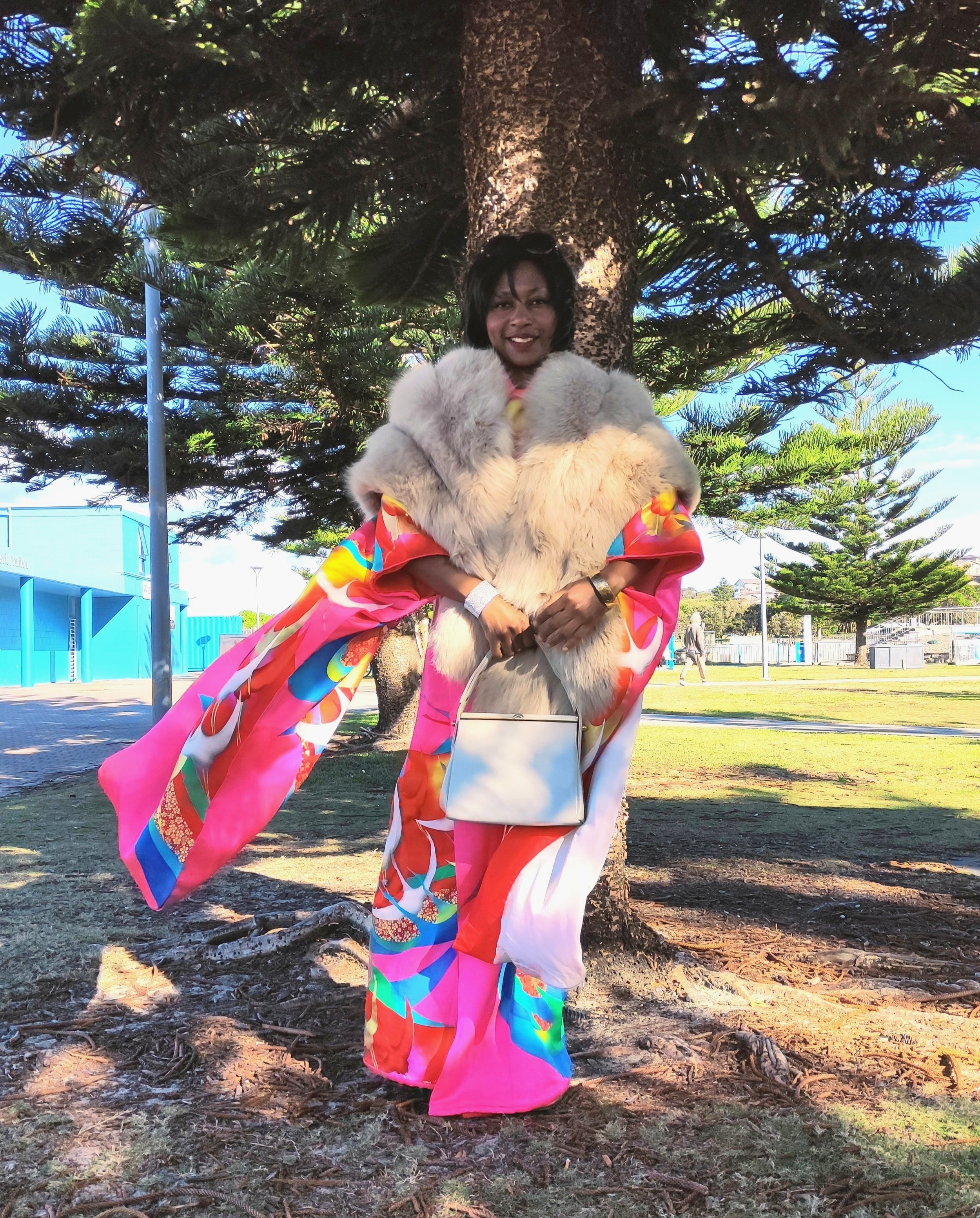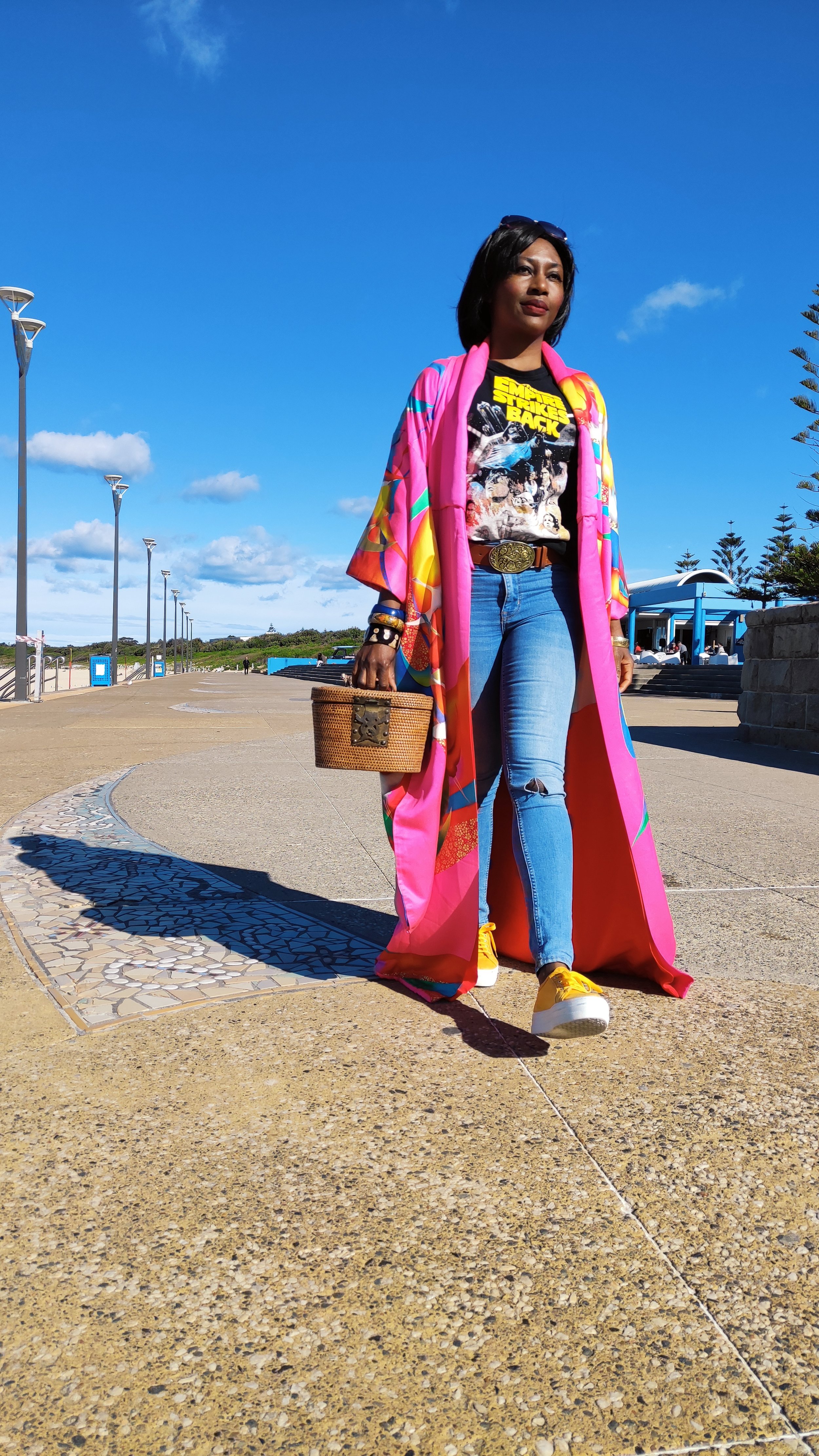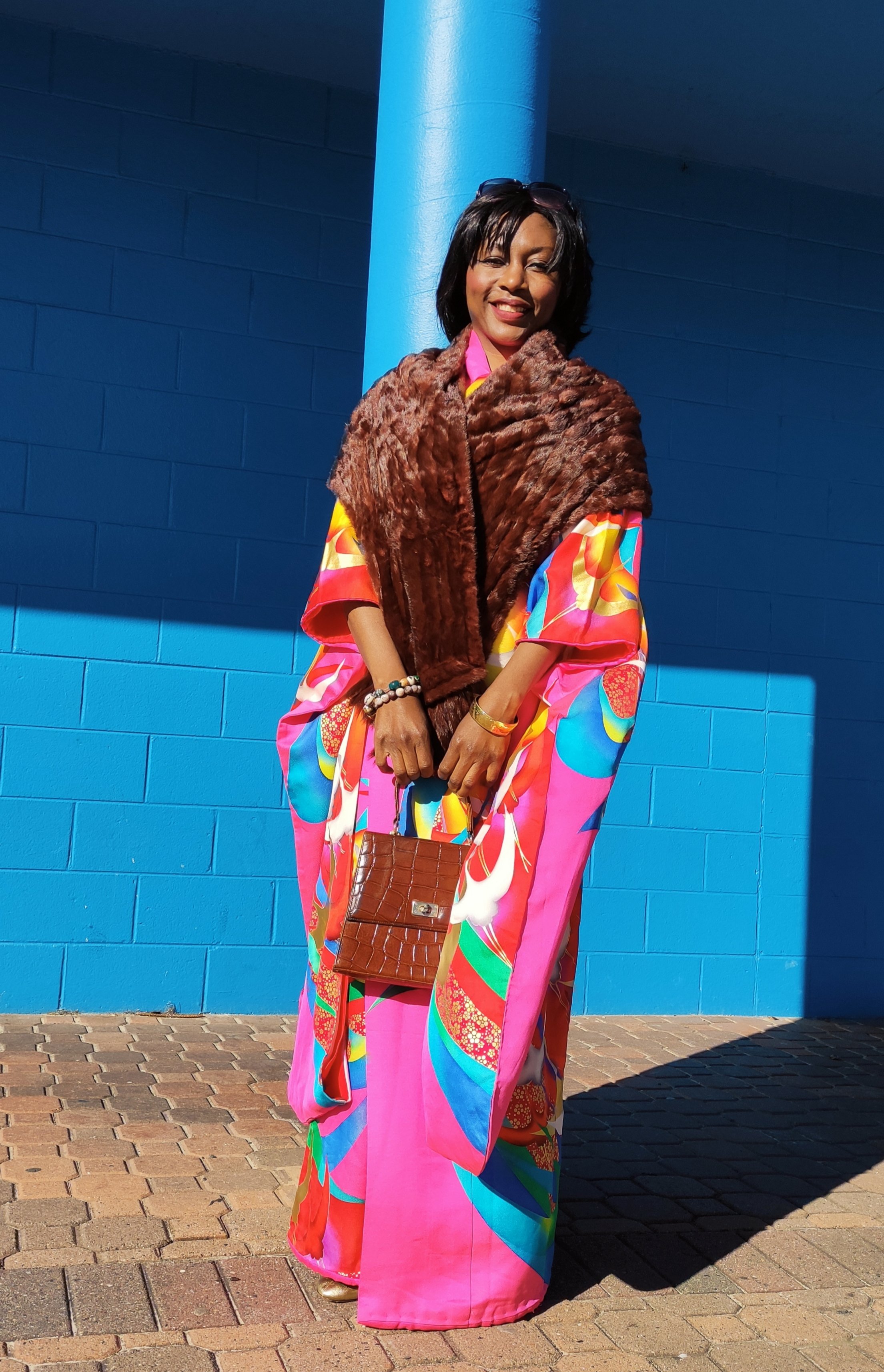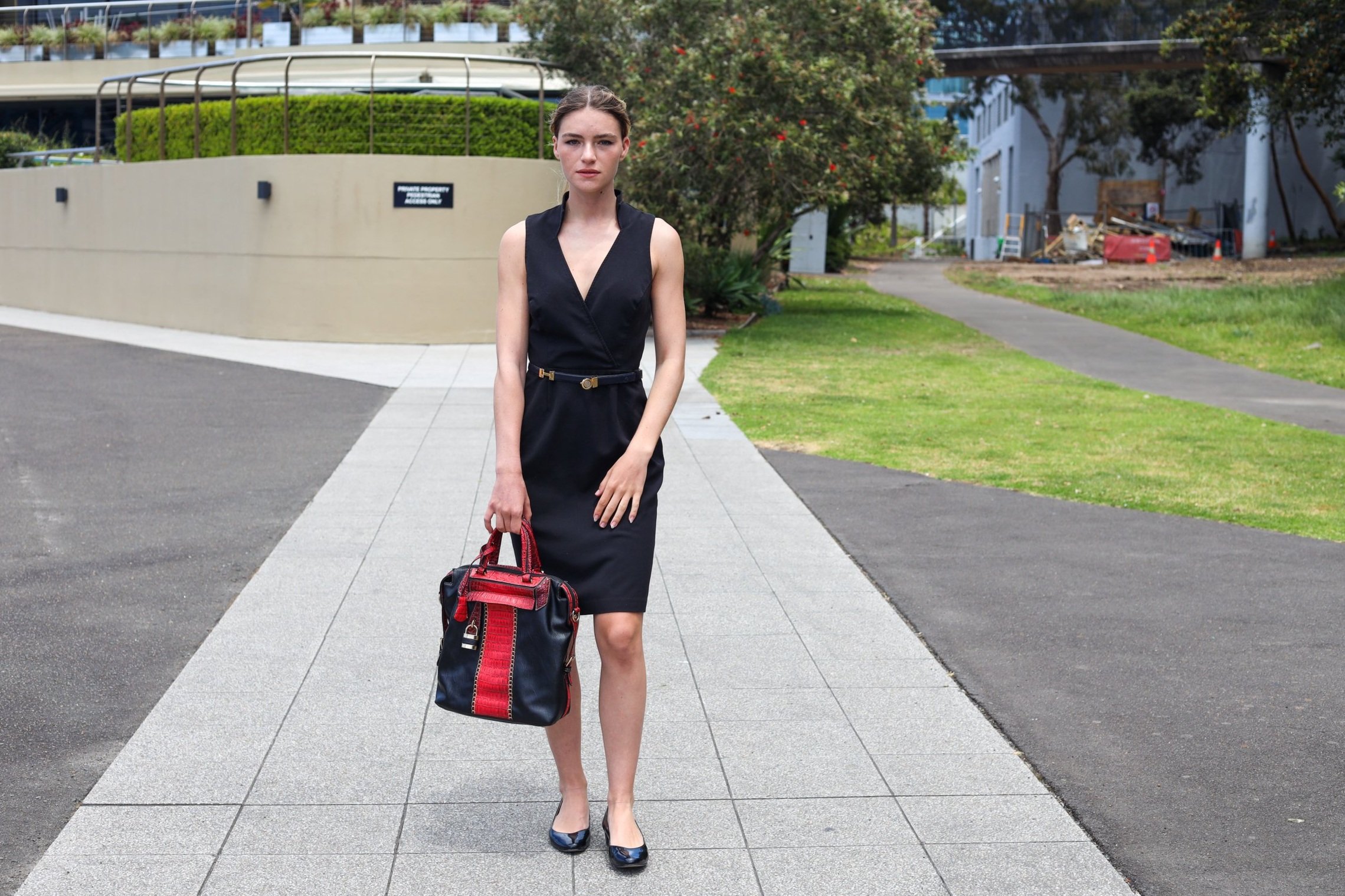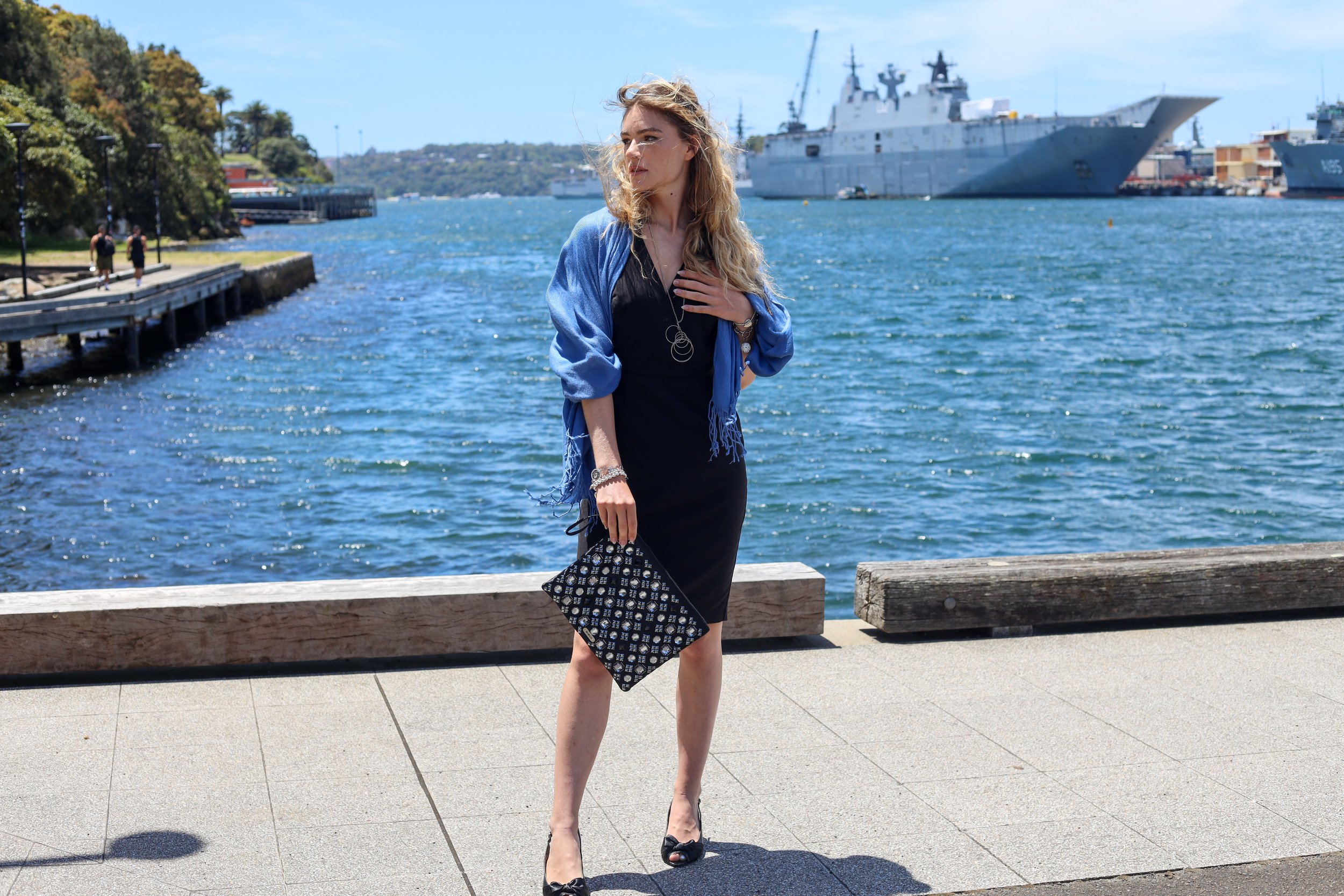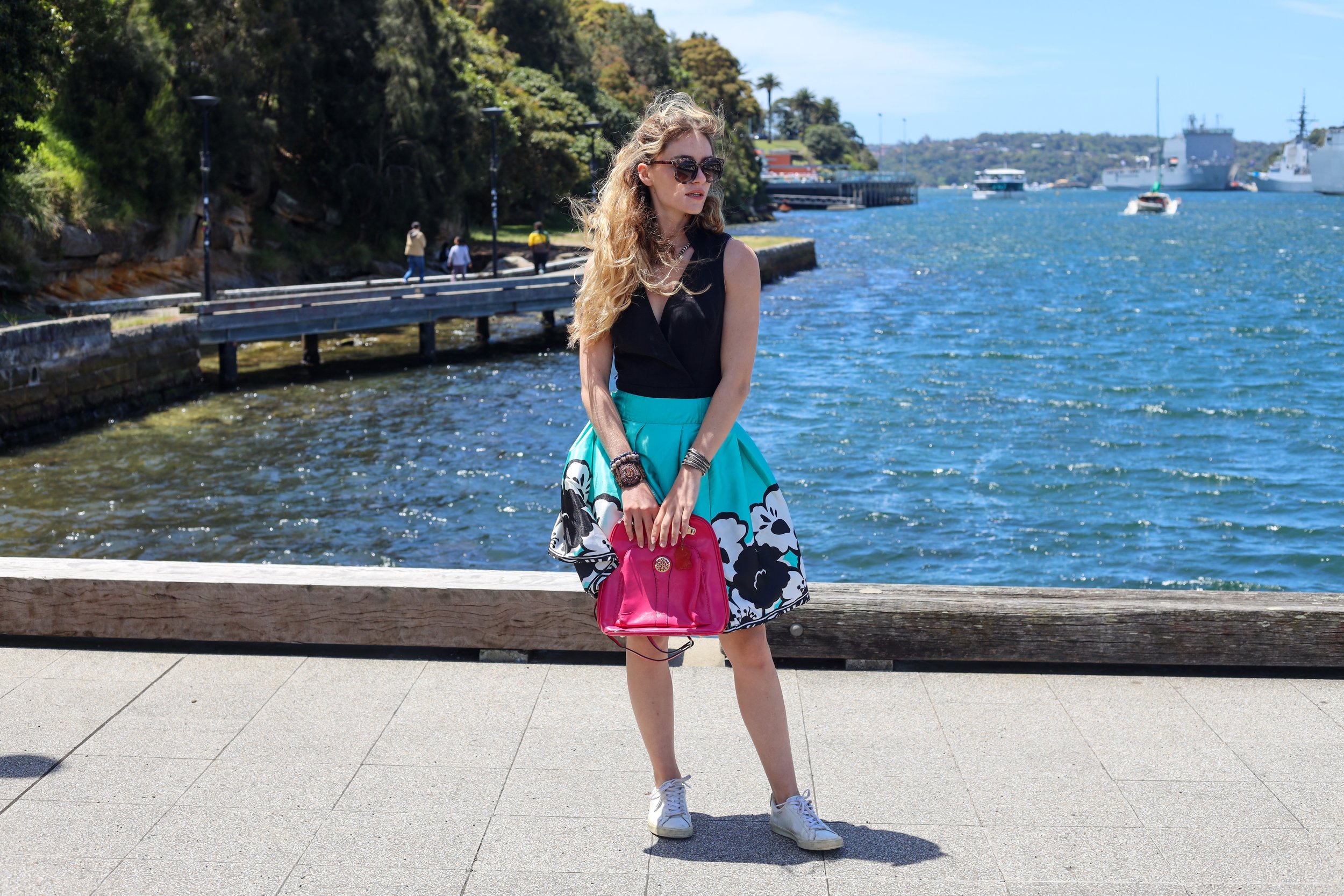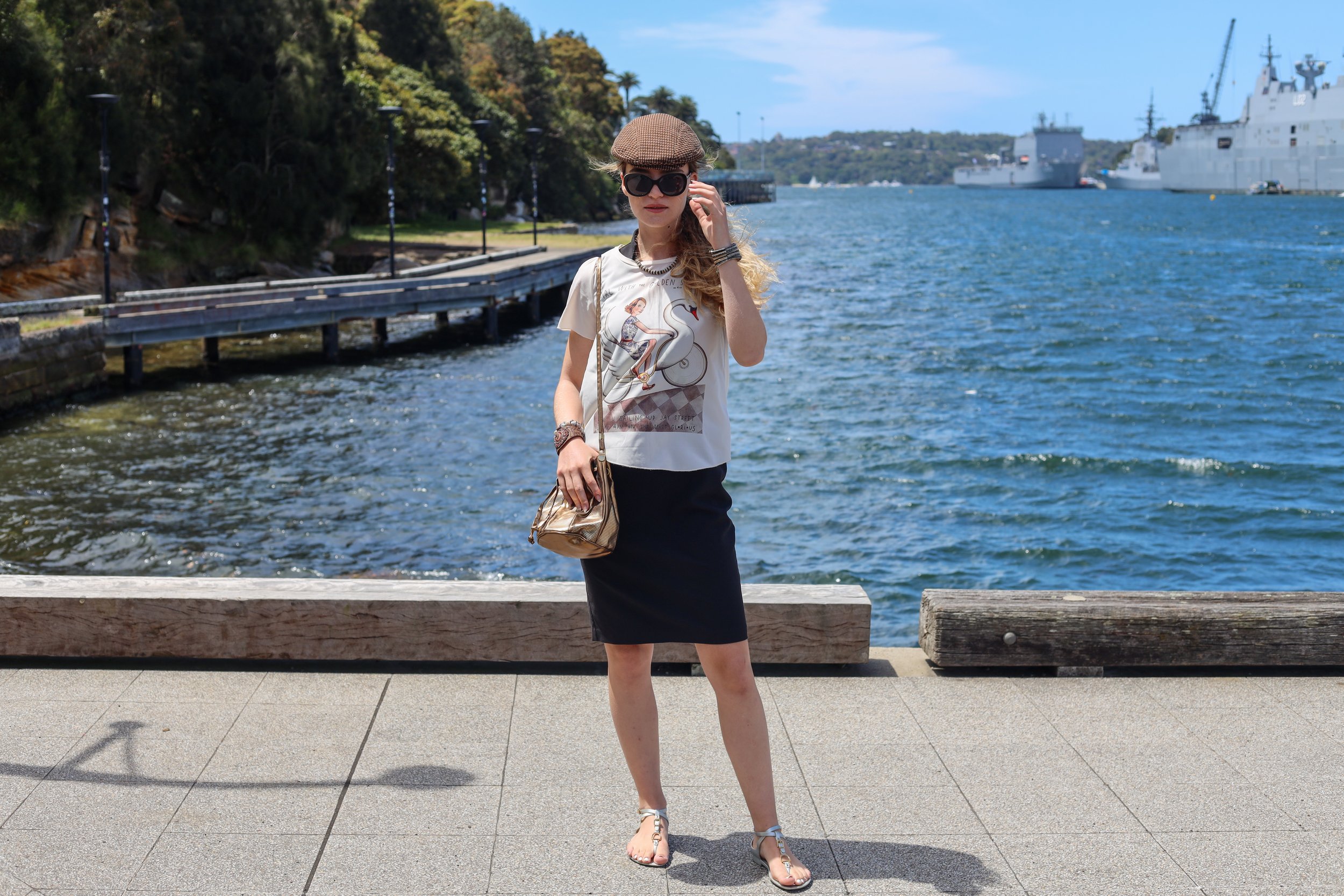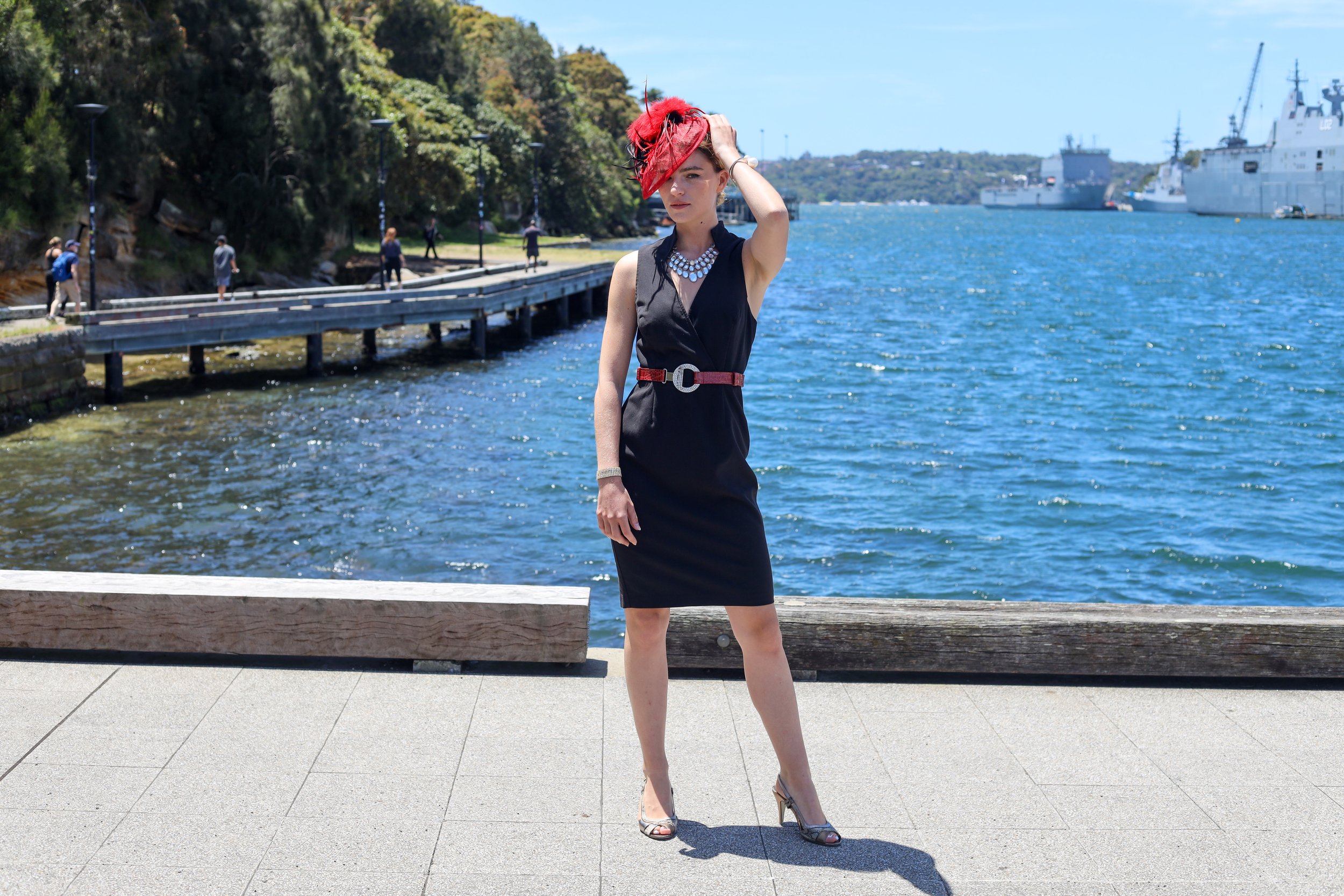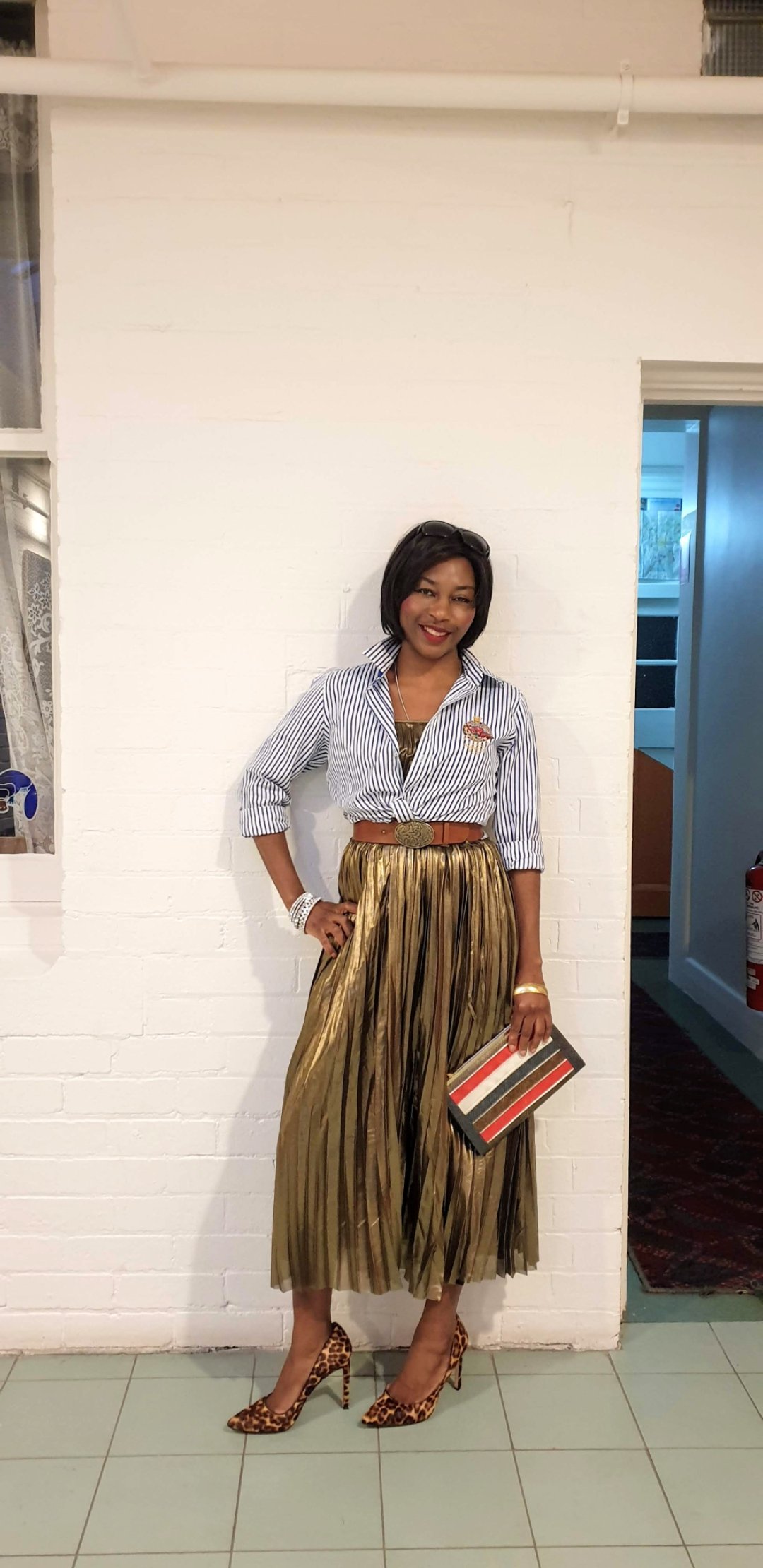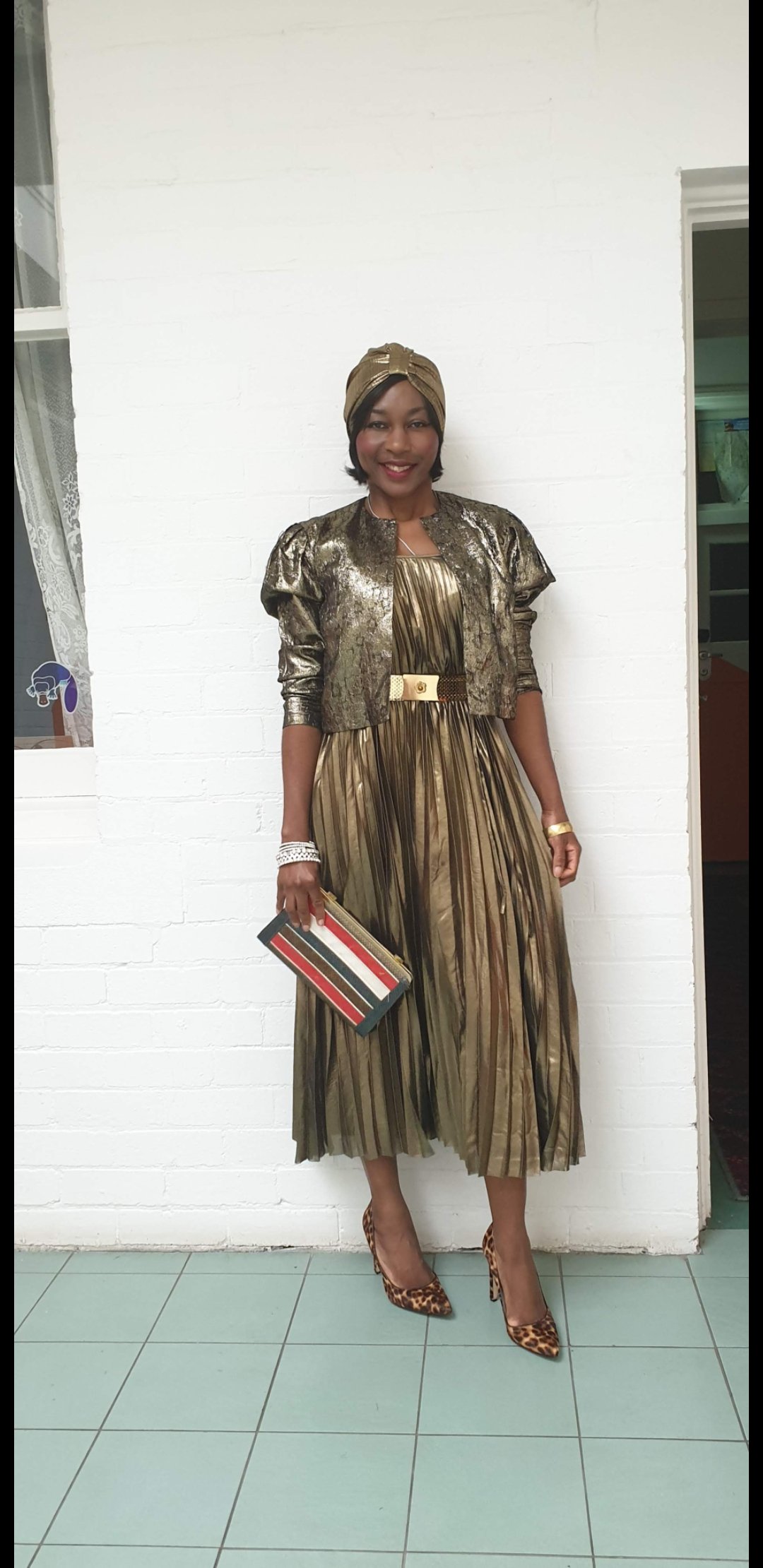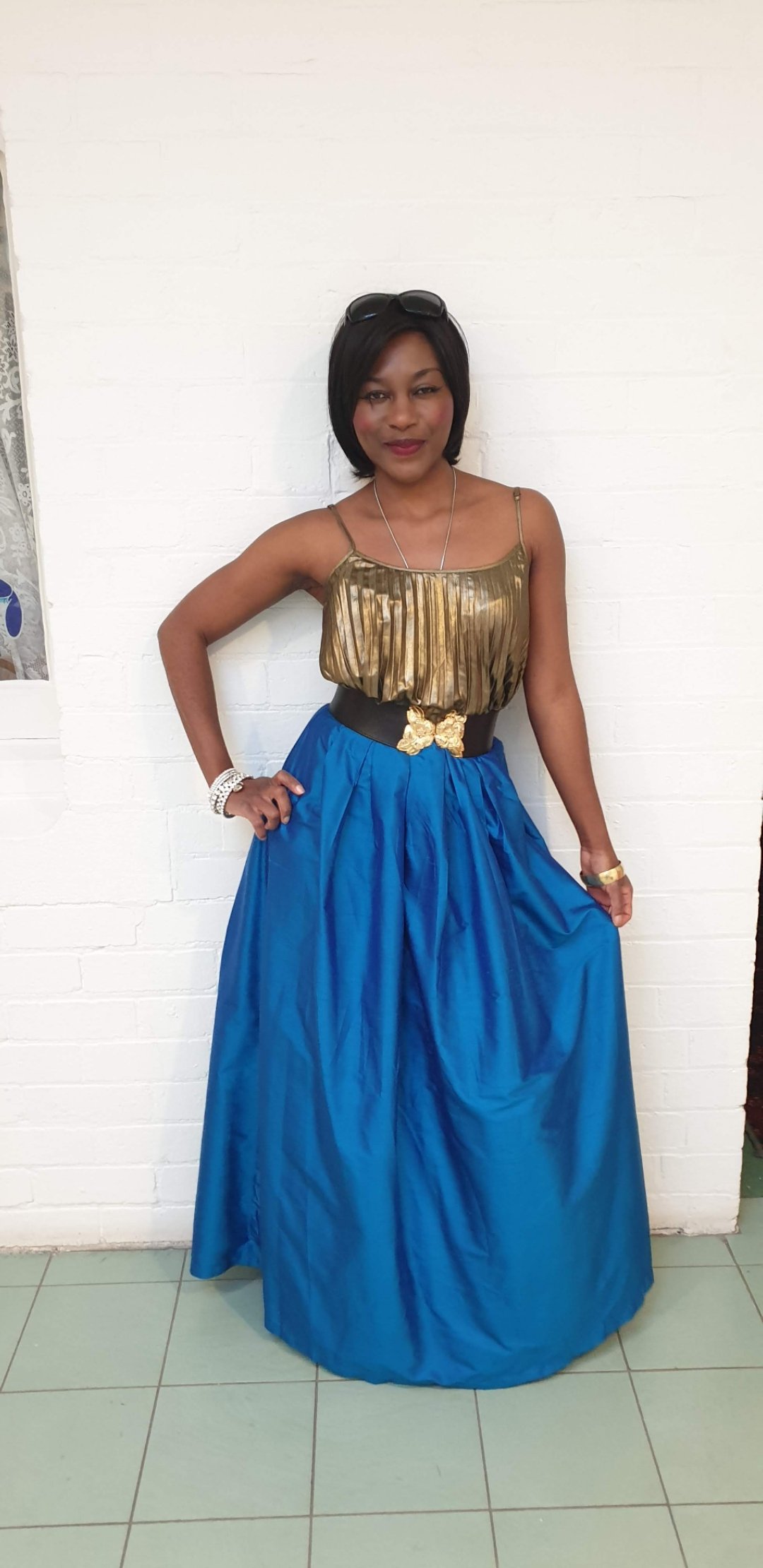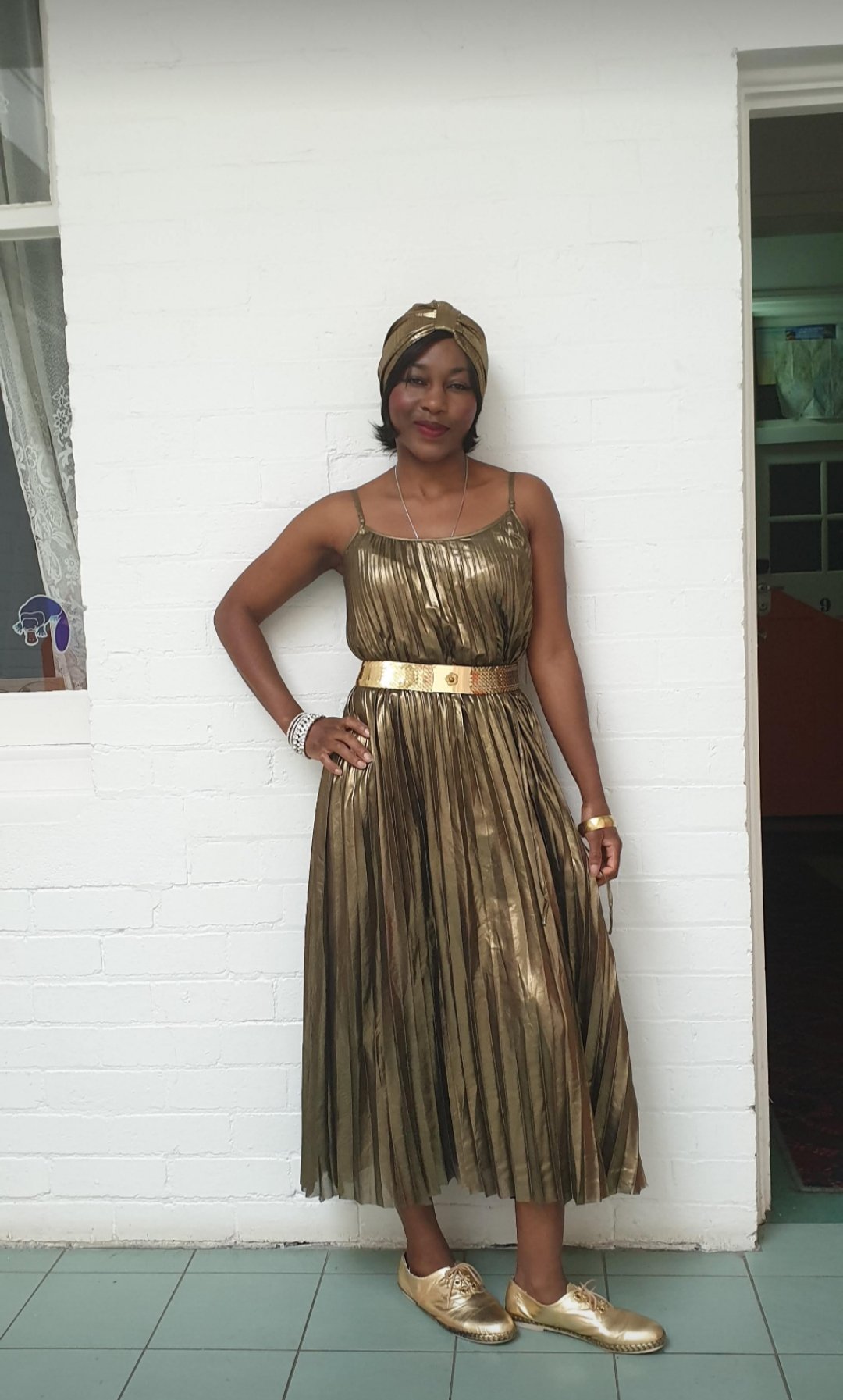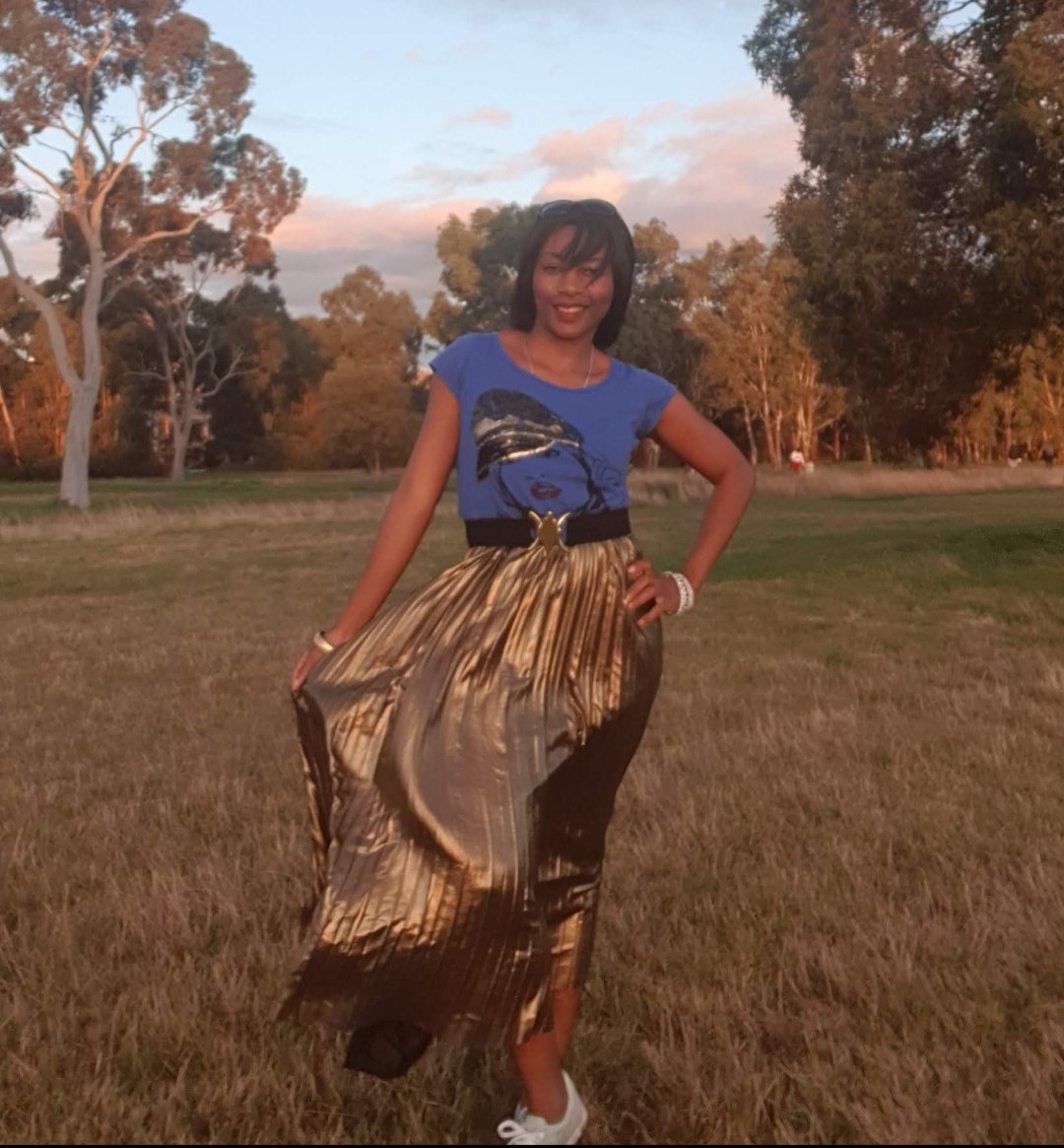Ultra-fast fashion conglomerate Shein, is being fined for the second time in two months. Italy’s antitrust agency, AGCM recently issued a €1M fine (approximately $1.7 million AUD / $1.15M USD) for greenwashing practices i.e. “misleading customers about the environmental impact of its products.”
Similarly, the first fine for Shein came from France in July this year through the country’s antitrust agency responsible for consumer protection and competition. They hit Shein with the first greenwashing fine to the tune of €40 million (approx. $72 million AUD) for fake discounts and misleading environmental claims.
The brand allegedly used “vague, generic, and/or overly emphatic,” claims that were considered “misleading or omissive” in connection to its “evoluSHEIN by design” collection. It promoted sustainable practices, with claims like using “fabrics left over by other fashion brands that were destined for landfill or incineration.”
The company’s touts of a circular system design and product recyclability "were found to be false or at the very least confusing", and the green credentials of its 'evoluSHEIN by design' collection were overstated, the regulator said.
The agency said the recyclability claims “were found to be either false or at least confusing,” warning consumers might think Shein products are fully recyclable and made only from sustainable materials which “does not reflect reality.” It’s also "a fact that, considering the fibres used and currently existing recycling systems, is untrue".
Italy’s AGCM also accused the brand of using a “misleading communication strategy” about its environmental impact, like Shein’s commitments to cut greenhouse emissions by 25% by 2030 and reach net zero by 2050, noting that Shein's emissions increased in 2023 and 2024.
Shein responded by saying they have “strengthened internal review processes” and cleaned up its website to make sure all environmental claims are now “clear, verifiable, and compliant with regulations.”
Shein’s Impact
Shein made $32.5 billion sales in 2023. Their sales were forecasted to reach $50 billion in 2024. The average price of an item from Shein is between $10 - $20. It ships ultra-cheap clothing from thousands of suppliers to tens of millions of customer mailboxes in around 150 countries.
These are factors that make Shein one of the biggest polluters of fast fashion. It has about 600,000 items for sale on average on its website and adds around 10,000 items each day. The company was shipping about one million products a day as of last year. In 2024, the company made over one billion dollars in revenue in Australia.
There were concerns were from Shein’s third annual sustainability report published in 2023 which showed the company nearly doubled its carbon dioxide emissions between 2022 and 2023. Shein emitted 16.7 million total metric tons of carbon dioxide in 2023 which falls far below its Science Based Targets initiative (SBTi) validated reduction targets to reduce absolute Scope 1 and 2 GHG emissions by 42% by 2030.
Can fining fast fashion companies be effective in Australia and other countries?
There’s nothing that corporations and most businesses hate more than losing profits in any way. So, the answer to whether fining greenwashing can work in my opinion is yes. Provided the fines are substantial amounts and not just a slap on the wrist. I think each time a company fails to comply with environmental regulations they should be fined. And the fines can potentially increase each time the offence is committed again. And if the fines are proving ineffective in general, it might be a sign that the amounts are too small to have an impact, therefore they should be increased.
Isn’t it the consumers’ responsibility not to purchase fast fashion?
Every individual is responsible for their actions, including their own consumption and overconsumption habits. However, I believe the onus lies more on the brands/corporations to do the right thing by being honest and transparent with their claims. Clothing companies with access to multi-million- or billion-dollar funds have the resources and power to run operations and access materials that are genuinely better for the environment while still being profitable in many cases. Whereas, some consumers are experiencing cost-of-living crises, are time-poor because of life commitments and experience other issues that make it challenging for them to patronise non-fast fashion items.
What can consumers people do instead of fast fashion?
Instead of buying fast fashion, consumers can:
purchase secondhand items
host or attend clothes swaps
rent / hire and borrow clothing
repair, mend or repurpose existing garments
use free clothing services such as Thread Together who get left over clothes from retail brands and give to people who need them.
Moreover, some fast fashion items are have been found to have toxic chemicals from the materials used and dyes. Secondhand clothes might have less toxic chemicals than brand new ones. In addition to this, about 85% of clothes end up in landfill or incinerated each year. Reusing garments diverts clothes from landfill and it’s healthier for the environment in several ways.
*Article by Nina Gbor



